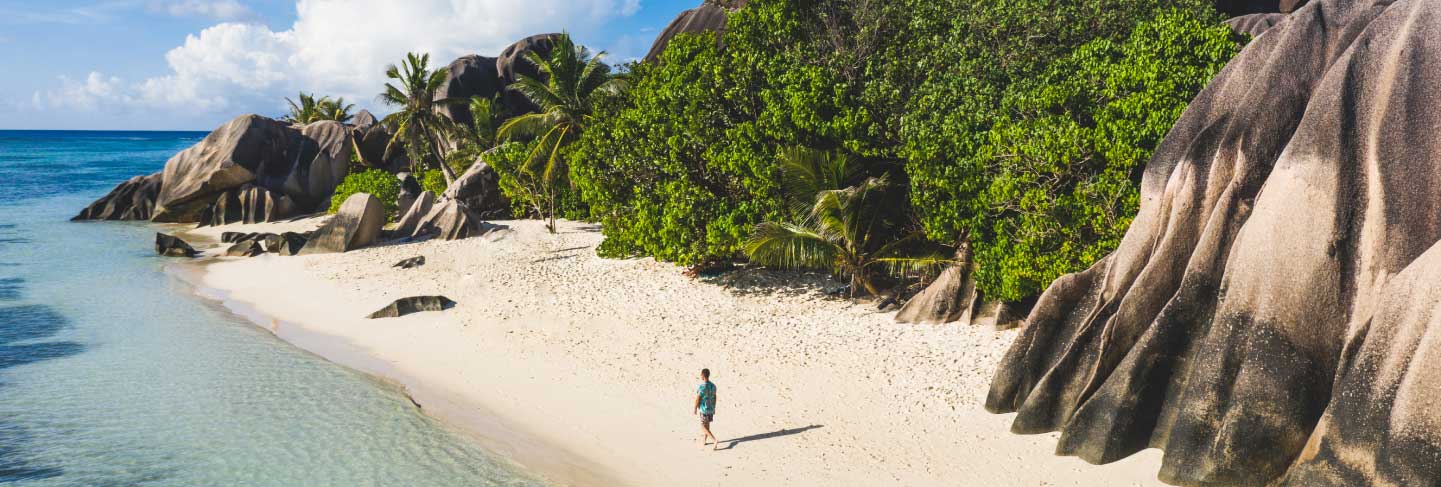PADI Divemaster and Marine Conservation Dive Shop Apprenticeship in Mexico
Start professional diving career by completing a PADI Divemaster apprenticeship at a dive centre in the Mexican Caribbean.
Durations: 24 weeks
Book with confidence
Travel flexibility, because life happens! Modify your booking, even up to 48 hours before departure. T&Cs apply.
Program information
Travel to Mexico to learn about marine ecosystems by gathering scientific data and conducting coral monitoring and restoration research. Start your career in professional diving and gain your PADI Divemaster. After earning your PADI Coral Reef Restoration Diver (CRRD) Distinctive Speciality and PADI Rescue Diver, work at a marine conservation oriented dive centre, earning Divemaster experience.

Grants available for up to GBP10,000!
Get a GVI Foundation Grant of up to 80% on conservation programs. Everyone is invited to apply by 31 Jul.
Book with confidence
Travel flexibility, because life happens! Modify your booking, even up to 48 hours before departure. T&Cs apply.
Included in your program, at no extra cost.
Make the most of our unique programs with these exclusively curated local adventure and wellness experiences.
Offered once a month, expand your adventure with GVI Experiences. These are just some of the activities offered on your program!

Learn to cook traditional Yucatan food

Take a beach yoga class

Learn about hyperbaric medicine

Stand-up paddleboard at sunrise

Climb rock formations in the jungle

Learn the unique geography of the Yucatan Peninsula

Ancient Aztec cocoa experience
Connect with our alumni
Want to connect with some of our past participants about their adventures? Get in touch with hundreds of friendly ambassadors all over the world who would be more than happy to answer any questions.



Connect with us

Join our Virtual Open Day!





























